How did Publix supermarket gets its name? It’s a Florida story made for the movies
The popcorn, soda and candy aisles at Publix go right back to the supermarket’s roots.
That’s because the Florida supermarket’s roots stretch back to a movie theater company called Publix Theatres Corporation. Grocer George Jenkins liked the name of the once-popular chain so much, he took it.
And so Publix the grocery store was born.
Jenkins recounted the story about the supermarket name’s origins in a speech he included in his 1979 memoir, “The Publix Story.”
Talk about the ultimate movie theater concessionaire.
How Publix got its name
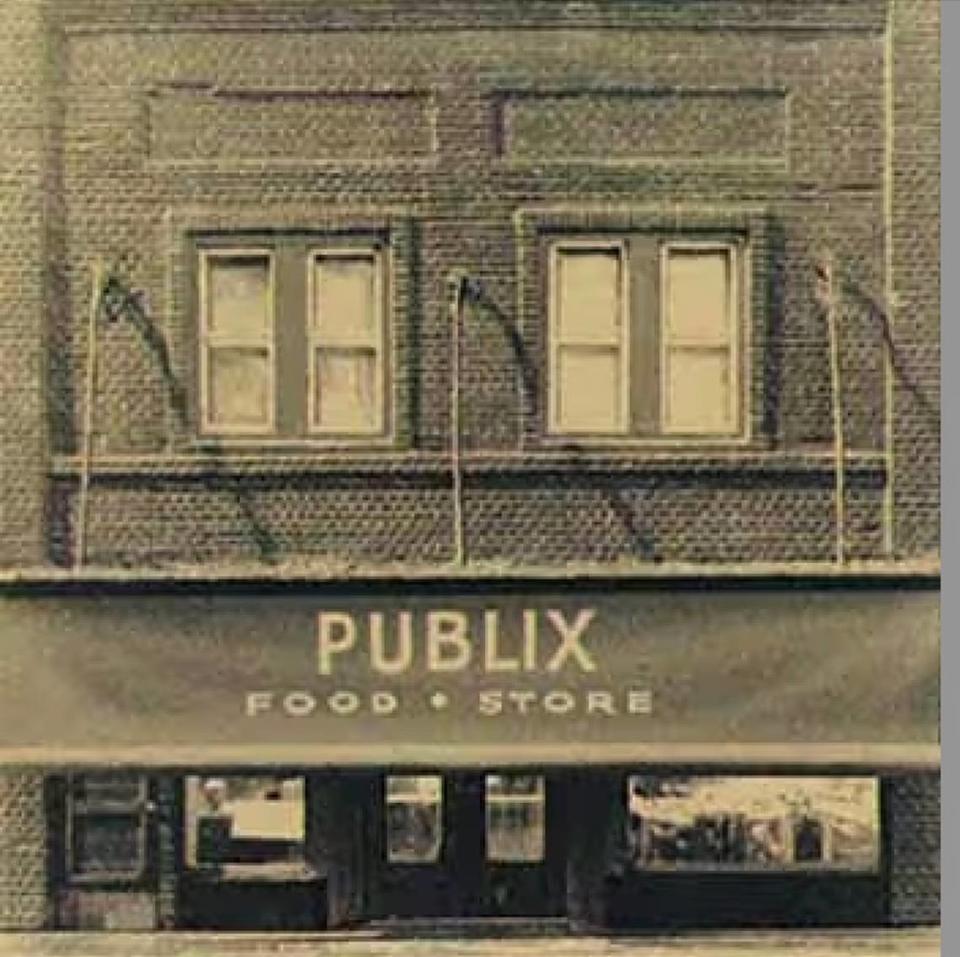
“The name ‘Publix’ was borrowed from a chain of theaters which was operating throughout Florida at the time. Most of them were closing up, and I liked the sound of the name so I just took it for my store,” Jenkins wrote.
Who knew?
And here we thought Jenkins branded Publix as the public’s supermarket. That’s what Tony Diego believed.
And he was close to Jenkins, too.
“I thought he got it because he wanted it to say ‘Publix’ so it would be for the public,” Diego, a Miami Beach store manager in the 1970s who rose to an executive’s position before retiring in South Miami-Dade, told the Miami Herald in a text.
The grocer adopting a movie theater chain’s name bemused the longtime Publix champion.
“I never heard that and I talked to Mr. Jenkins quite a bit,” Diego said.
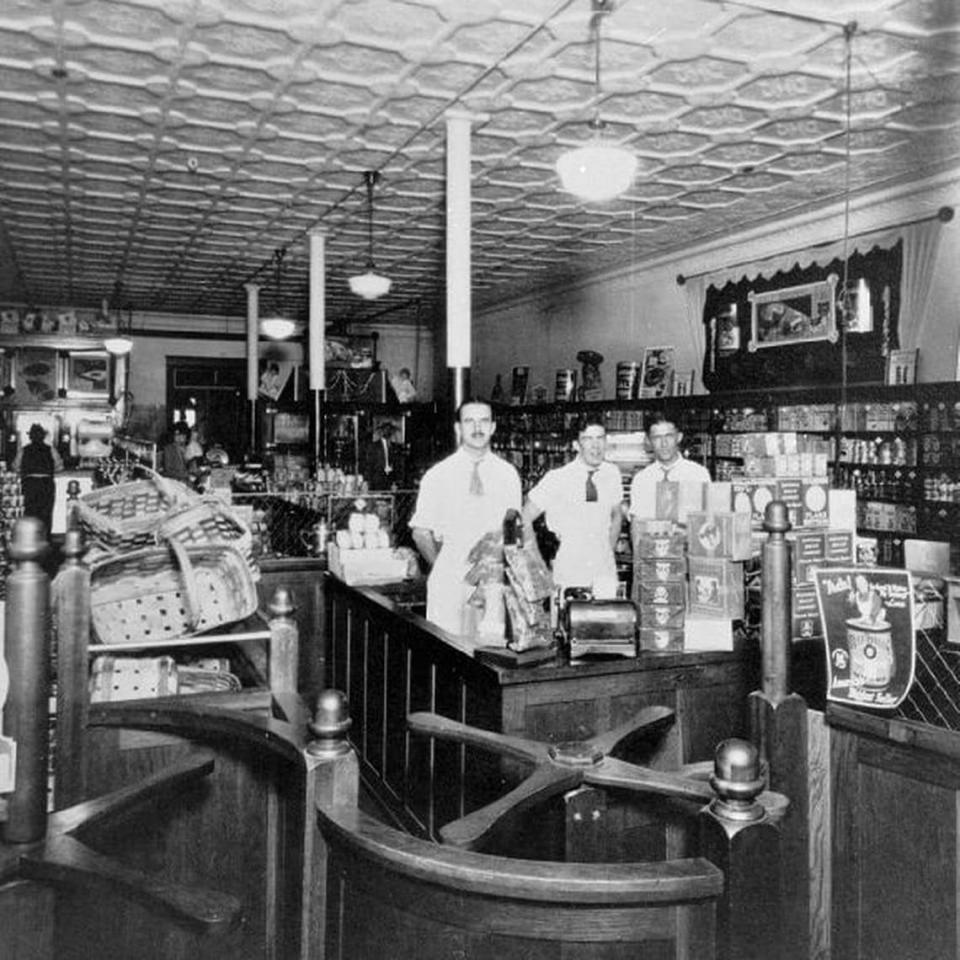
Publix spokeswoman Lindsey Willis confirmed the origin of the name by sharing a page of company history.
“The first store Mr. George opened was in downtown Winter Haven, Florida. The idea for the name came from a chain of theaters Mr. George was fond of. He liked the name, so he decided to open his own store with the corporate name Publix Food Stores, Inc. Doors opened on Saturday, Sept. 6, 1930,” Publix notes.
The Georgia-born Publix founder died in Lakeland at age 88 in 1996.
That first Publix Jenkins opened was, indeed, theatrically inspired. The Winter Haven store had an Art Moderne design, which would be used in many Publix supermarket locations through the years, as well as terrazzo floors and air conditioning — a rarity in 1930. The fancy Publix theater chain movie palaces were also air-conditioned, Jenkins observed.
MORE: Publix looked like that? See the supermarket in the days before Pub Subs and BOGOs
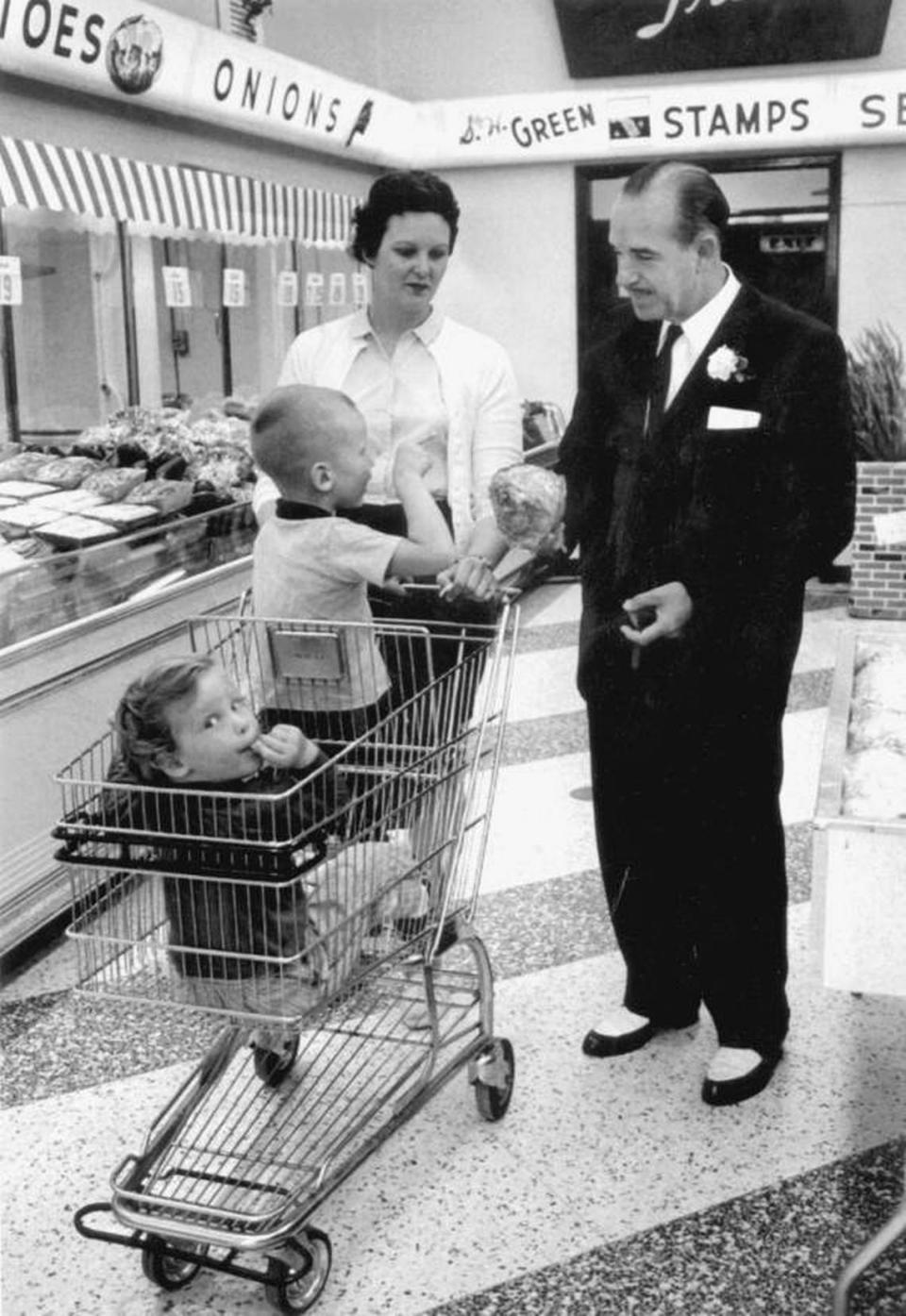
About Publix Theatres
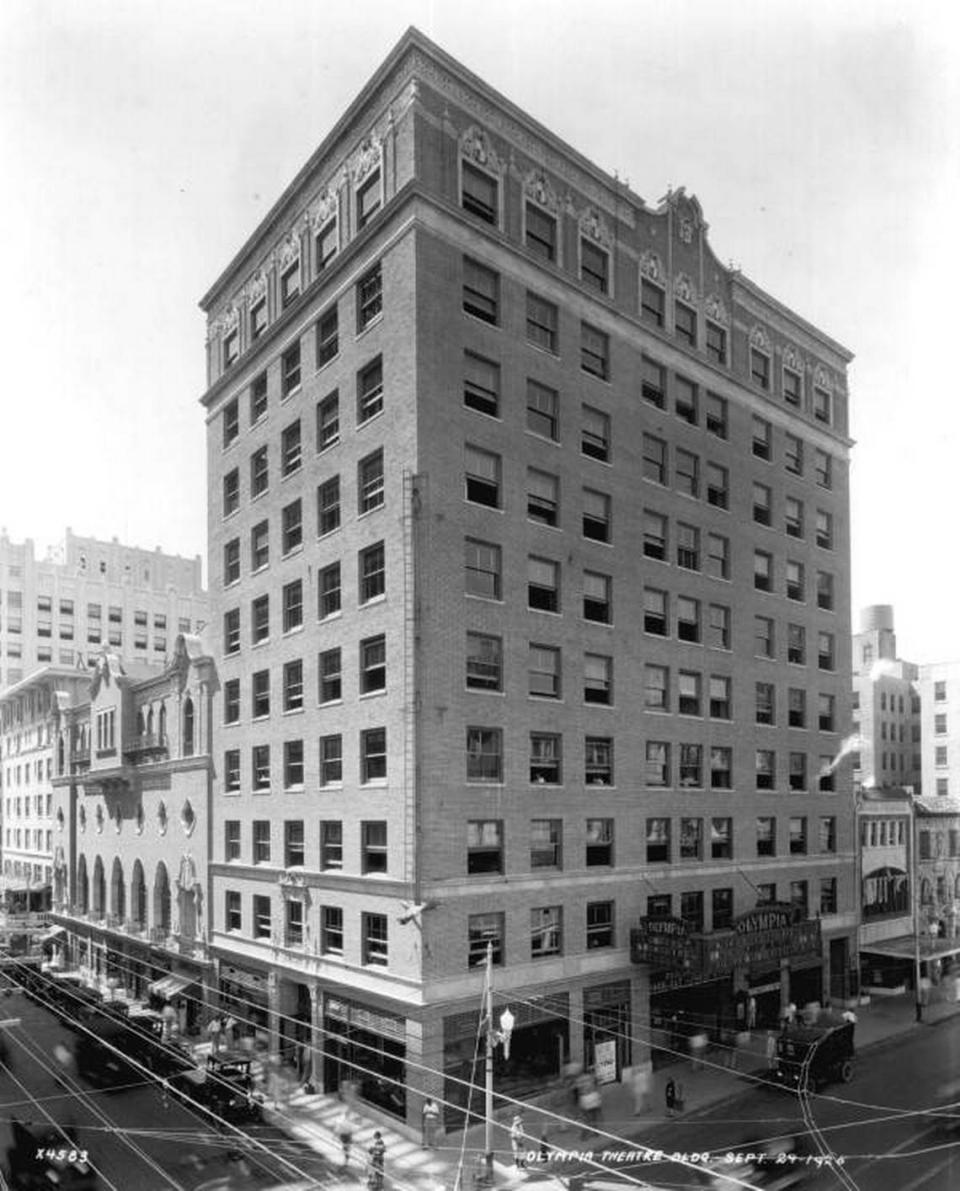
Publix Theatres was founded in New York City as an affiliate of Paramount Studios in 1925, according to the Florida Memory website of the State Library and Archives of Florida.
“By 1929, Publix had the most powerful theater company in the United States because they modeled their business after large corporations,” the Florida archive said.
The Florida headquarters for Publix Theatres was in St. Petersburg and the corporation operated about 20 theaters in the state from the mid-1920s to the early-1930s, including The Olympia in downtown Miami.
Publix Theatres also ran other theaters in Miami: the Fairfax Theatre, which it had acquired in 1929, the Hippodrome and the Paramount.
Other Florida Publix theaters were the Stanley, Ketler and Arcade in West Palm Beach; the Tampa Theatre in Tampa; the Florida Theatre in St. Petersburg and Jacksonville; and locations in Lake Worth, Gainesville and Daytona.
At its peak by 1929, the company ran 1,200 Publix theaters around the U.S., including in New York City and Chicago, and in the South, Midwest and Northeast. The chain operated in Canada, too. An estimated two million people daily patronized a Publix theater to see a Hollywood film, Carolina Theatre — one of its still existing theaters in Charlotte, North Carolina — reported on its website.
“Although the success of Publix Theatres in Florida was short-lived due to the stock market crash of 1929, Publix had a significant influence on Florida’s theater market because of the high standards the company established and the availability of their theaters,” according to Florida Memory.
After the Great Depression in 1929, Publix began to shut down its operations. The Publix-Paramount Corporation was reorganized by 1935.
By that point, the Publix name would live on as the unrelated, but observant, supermarket chain.
Today, there are 1,407 Publix stores in eight states, with the majority of stores — 884 — in Florida, as of Feb. 26, 2024, according to data firm, Scrape Hero.
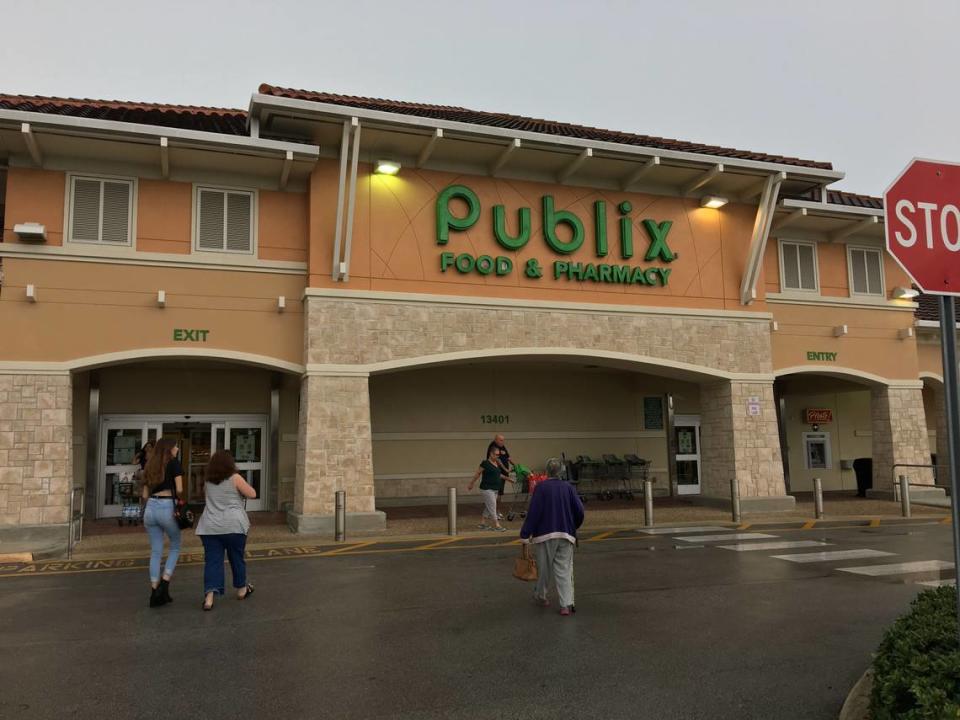
READ MORE: A ginormous Publix just opened in the Florida Keys. Take a look inside the new store
Miami’s Olympia theater
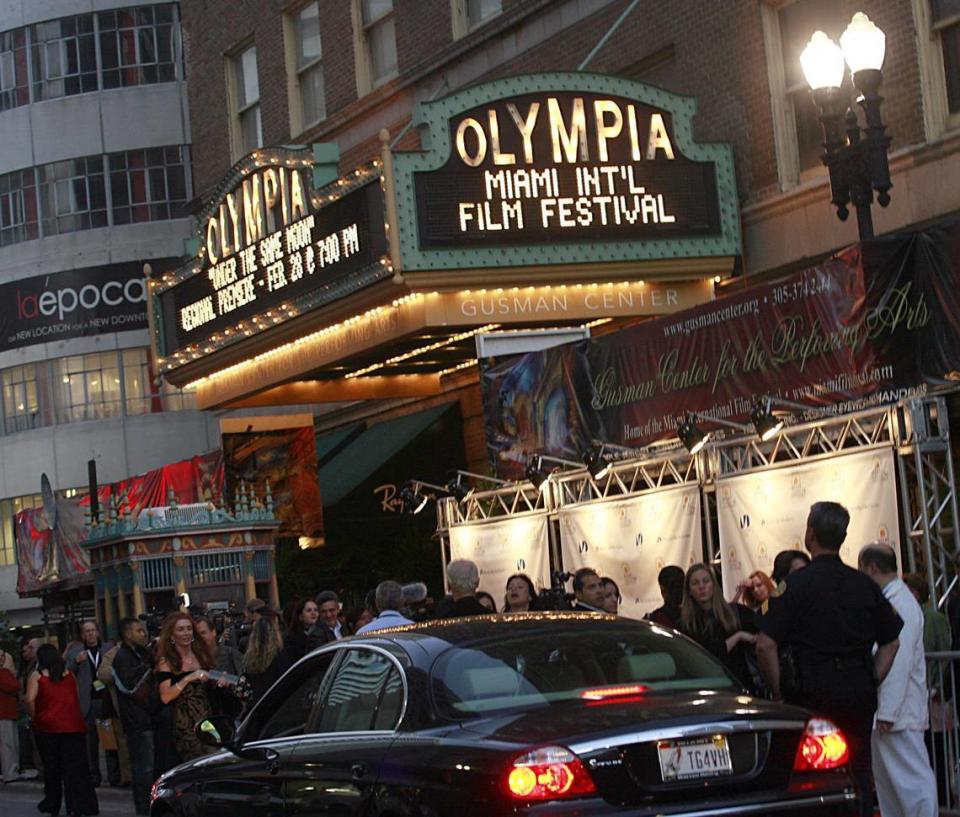
Some of Publix theaters have survived under different owners and managers.
Take a Miami landmark, for example.
The Olympia opened on Flagler Street as a silent movie palace in 1926 as one of the Publix theaters. Over the years the venue hosted movies, plays and live performances by icons including Elvis Presley, who played on stage in 1956. The Marx Brothers, Gypsy Rose Lee, Etta James and B.B. King also appeared at the Olympia.
By 1970, the Olympia faced demolition. Businessman Maurice Gusman bought the theater and it was renamed in his honor. Gusman donated the property to the city of Miami in 1975.
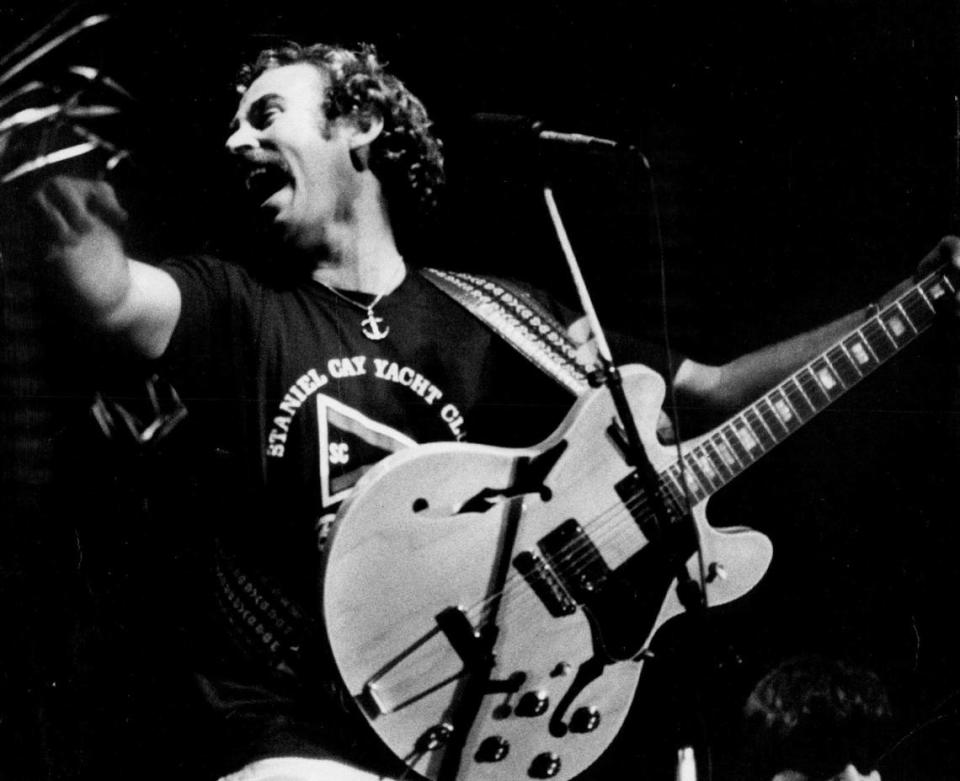
Jimmy Buffett performed at the Gusman on Aug. 14-16, 1978, and those concerts were recorded and form much of what appeared on the late Coral Reefer’s famed first live double album, “You Had to Be There,” released in October 1978.
After numerous renovations and management teams, the Gusman hosted Miami Film Festival screenings as well as concerts by Johnny Cash, Luciano Pavarotti, Carly Simon and Bryan Adams from the 1990s into the 2000s.
In 2014, the theater regained its original Publix-era Olympia name. In 2020, faced with more costly repairs and a shutdown during the COVID pandemic, the management company gave the city control over Olympia’s operations. “The Art of the Brick: An Exhibition of LEGO Art” is running at the Olympia through May 12 this year.
How other Florida supermarkets were named
Here’s how some of Publix’s Florida supermarket competitors got named:
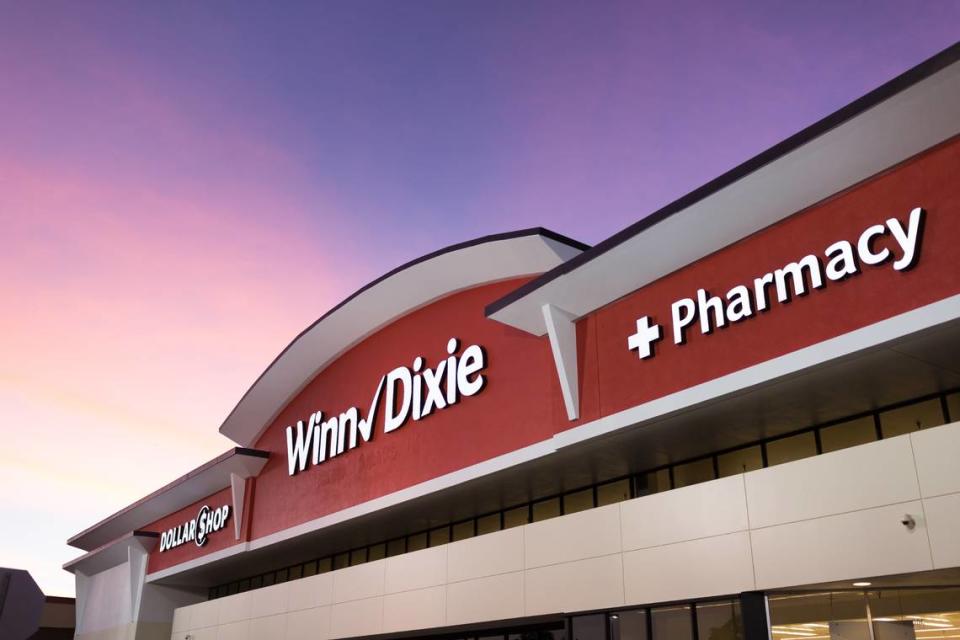
▪ Winn-Dixie dates its origins to the family of William Milton Davis who bought Miami’s Rockmoor Grocery on Dixie Highway in 1925. The Davis family also bought a chain of stores they called Table Supply. After the senior Davis died in 1934, his sons acquired Winn & Lovett’s chain stores in 1939. In 1955, Winn & Lovett’s bought 117 Dixie Home Stores and the name Winn-Dixie was born. Aldi announced earlier in March it had completed its acquisition of Southeastern Grocers, the Jacksonville parent company of Winn-Dixie.
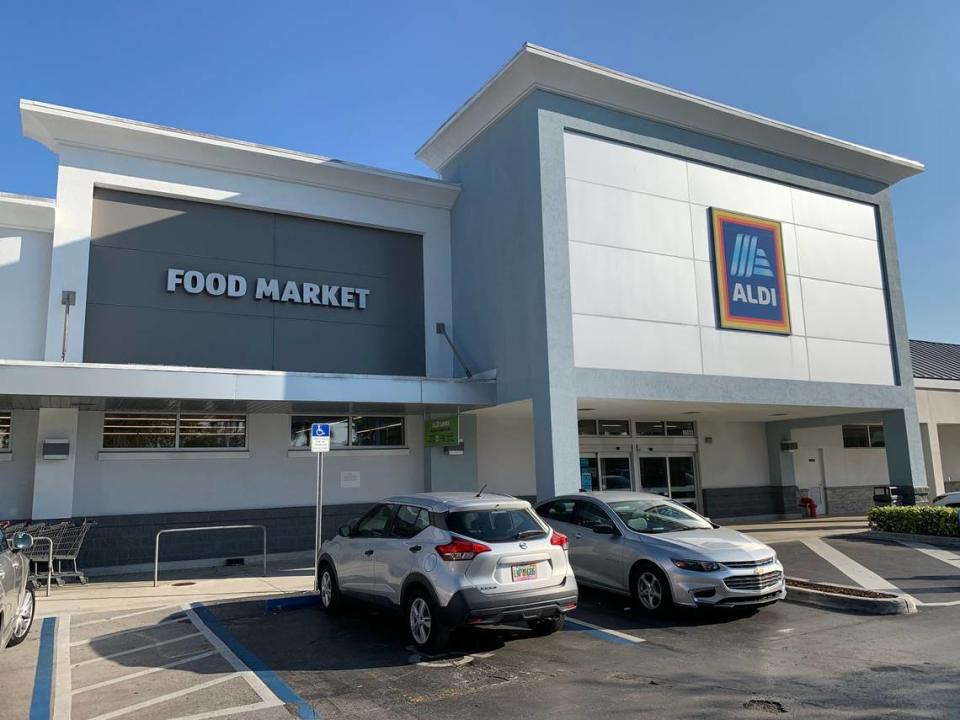
▪ Aldi was founded by brothers Karl and Theo Albrecht in 1946 after they served in World War II. Their mother gave them a small Albrecht store she had opened in Germany in 1913. They grew her store into a chain of hundreds in Germany and in 1962 introduced the name Aldi as a syllabic abbreviation for Albrecht Diskont. Aldi opened its first U.S. store in Iowa in 1976, according to Business Insider.
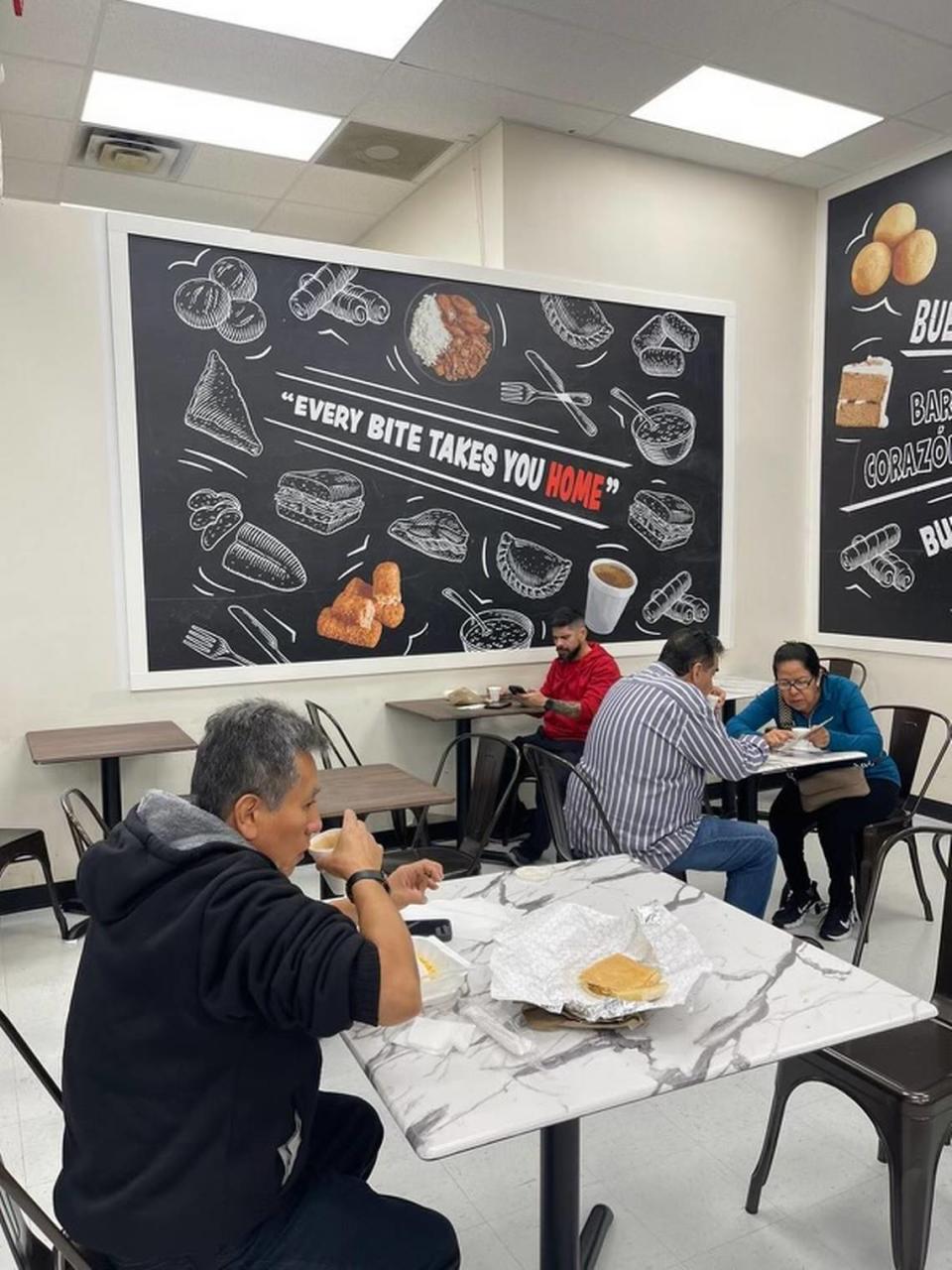
▪ Sedano’s started as a 4,000-square-foot bodega opened by Cuban exile Rene Sedano in Hialeah in 1961. In 1962, fellow Cuban exile Armando Guerra Sr. bought the store from Sedano, kept the name, and in 1971 he encouraged a family member by marriage, Manuel Herrán, to move to Miami and help with the store. Guerra and Herrán grew the supermarket business into the nation’s largest Hispanic-owned supermarket chain. There are now 35 Sedano’s in Miami-Dade and Broward counties and Orlando.
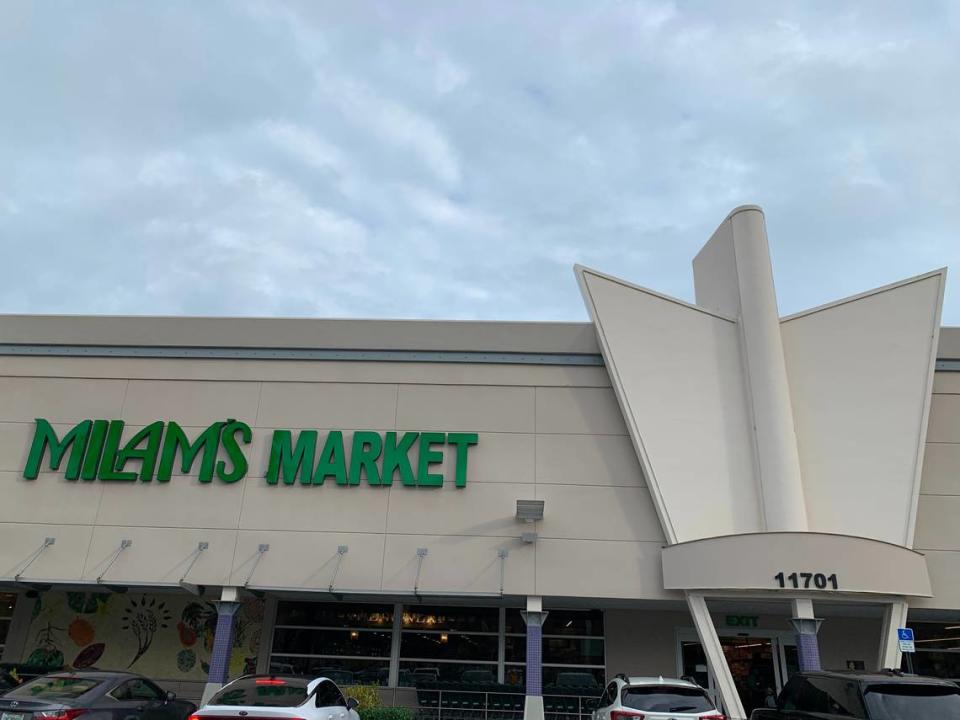
▪ Milam’s Market was founded by Thomas Milam and his son Allen Milam in 1984. Father and son opened their first store at the corner of Red Road and Bird Road in west Coral Gables. That store has since been joined by six others, in Sunny Isles Beach, Pinecrest, Coconut Grove, Miami Springs, another market in the east Gables and a liquor store in the Grove.
MORE: Your supermarket is rolling out new things this year. What to expect at Miami stores

